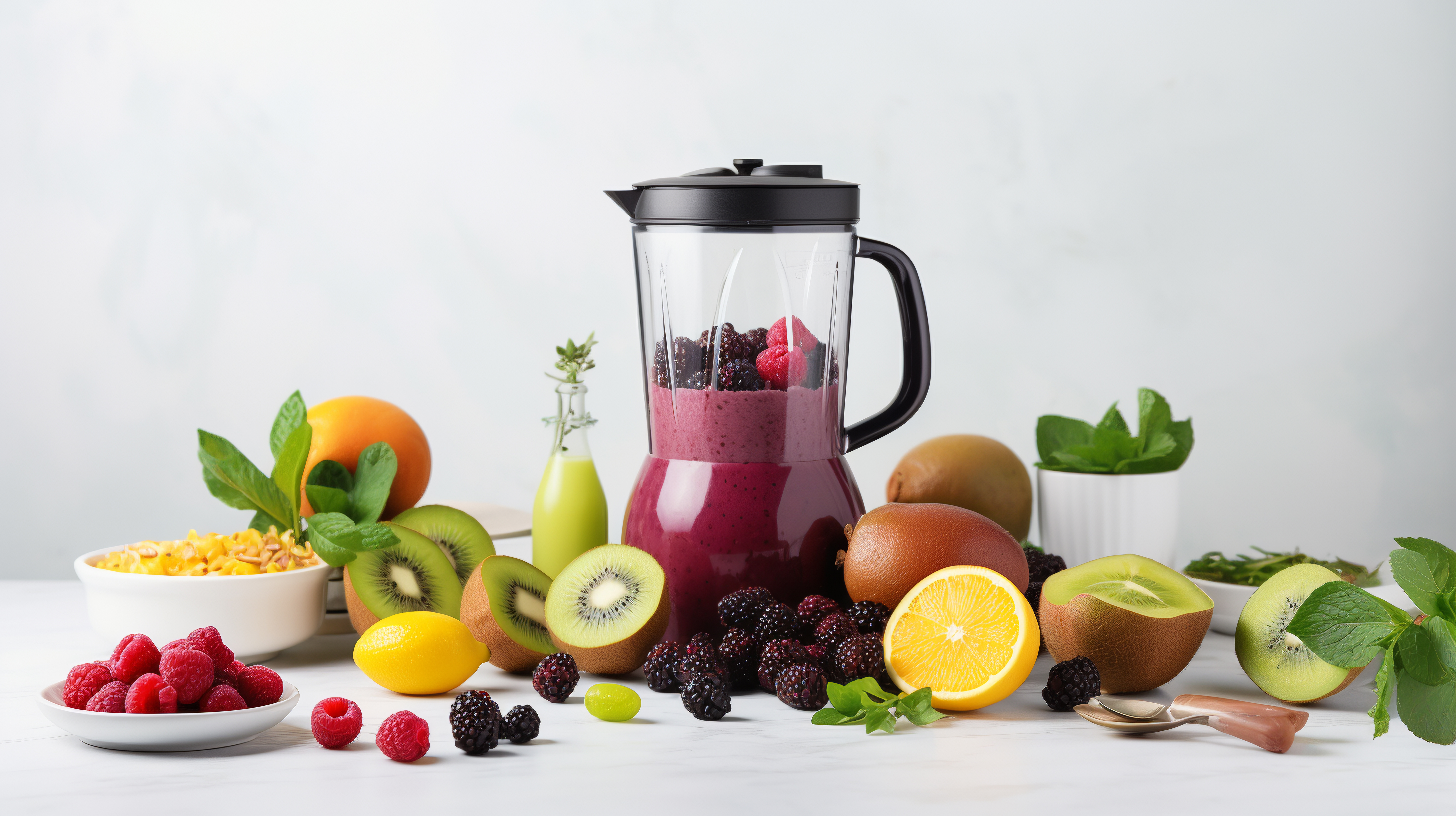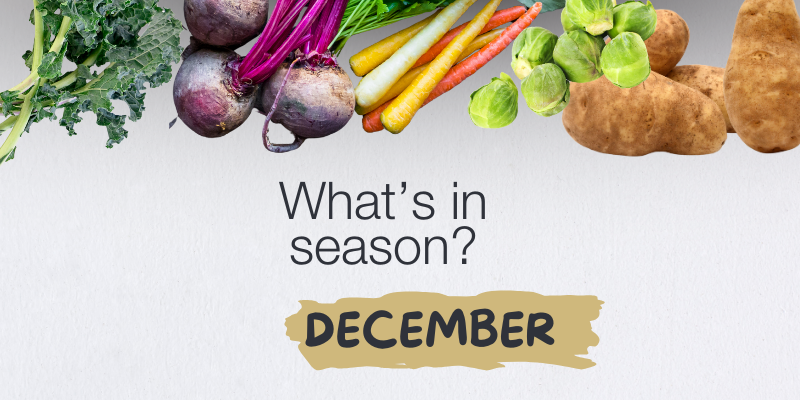When it comes to extracting goodness from fruits and vegetables, the choice between blending and juicing can significantly impact the nutritional benefits you receive. Let's explore why blending emerges as the champion.
True or False: Blending is Better Than Juicing
True! Blending Keeps Fiber and Nutrients Intact
Blending triumphs over juicing because it retains fiber and essential nutrients that would otherwise be lost. When you blend ingredients to make a smoothie, you're essentially breaking down the whole food into a drinkable form while keeping the fiber intact. Haley Stevens, Registered Dietitian for Community Nutrition Programs at AHWC explains “Fiber plays a crucial role in digestion and helps regulate blood sugar levels and cholesterol levels. Additionally, you can add other foods besides fruits and vegetables to smoothies to create a more balanced snack. For example, you can add peanut butter to add more healthy fat and protein.”
On the other hand, juicing removes the fiber from fruits and vegetables, stripping away a significant portion of their nutritional content. Stevens says “Without fiber, the overall health benefits are diminished. Only 5% of Americans consume the recommended amount of fiber per day, so it’s helpful to keep the fiber intact where you can.”
True or False: Blending reduces the amount of nutrients that were originally in whole foods.
False! Blending Does Not Reduce Nutritional Value
Contrary to a common misconception, blending does not reduce the nutritional value of whole foods. By blending fruits and vegetables, you're essentially maintaining their original nutrient profile, just in a more convenient and easily digestible form. Stevens further explains, “Blending retains vitamins, minerals, and antioxidants that are naturally present in whole foods”.
Juicing, however, can lead to a loss of nutrients. When you extract juice, you're essentially separating the liquid from the fiber, resulting in a concentration of sugars and certain nutrients, but a loss of fiber-bound nutrients that are discarded with the pulp.




